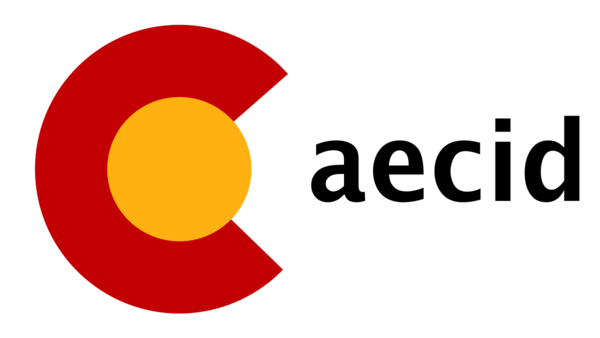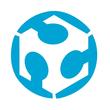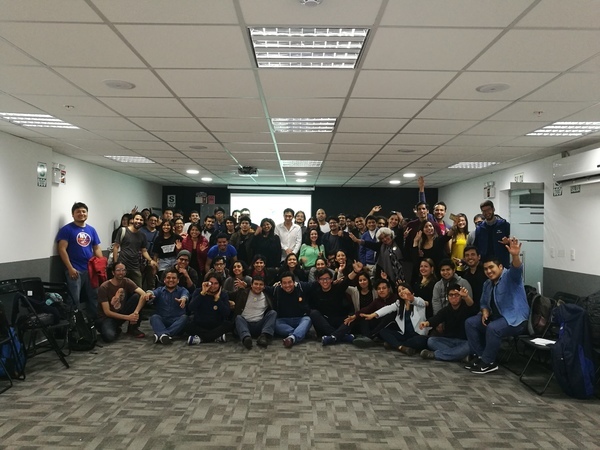The Fablab Lima’s story is intrinsically linked to the story of the FabLab movement in South America as it was the first FabLab to settle there and has influenced the creation of many others.
Despite the fact FabLab movement was born in the America continent, the idea of the creation of this lab emerged on the other side of the Atlantic.
Indeed, the buzz generated by the success of the FabLab of Barcelona founded by Thomas Diez in the 2000’s motivated the cooperation agency of Spain to create one in Latin America. But where to start was the question asked to branches’ directors of this institution spread in Latin American countries. Due to its relative political stability, Peru appeared as a serious candidate.
Thus, it brought Thomas Diez to travel to the Inca land in 2008 to find the nuggets who could put the first stone of the FabLab empire. To do so, he organized meetings to gather 200 motivated people and finally selected two who have had the chance to be the generation 1 of the Fab Academy at the Iaac and taught by Neil Gershenfield to give them the key to fund a FabLab in Latin America in return.
The elected talents were Victor Freudt and Benito Juarez. The former was initially contacted by Thomas Diez thanks to its urban lab project which purpose was the analysis of neighbor development patterns.
In 2010, they came back to found the FabLab Lima in the UNI university but also they organized the seventh international FabLab congress « FAB7 » in 2011, the first held in Latin America.
The Fablab Lima moved in three other places, the cultural center of Spain, the Metropolitano museum of Lima and then Ingenio Learning space waiting the end of the restoration of the cultural center of Spain where it should finally settle. This lab having several 3D printers and a laser cutting machine is open to everyone and Volunteers to work on the various projects are welcomed!
Since the beginning, it helped the creation of many labs, founded the FabLaT network and the FabLab kids concept and helped many entrepreneurs to give birth to their project like Digitoys, iFurniture, H2OSTEAM program.
In Latin America, it is still an important node of the FabLab network and a referent for the FabFoundation.









